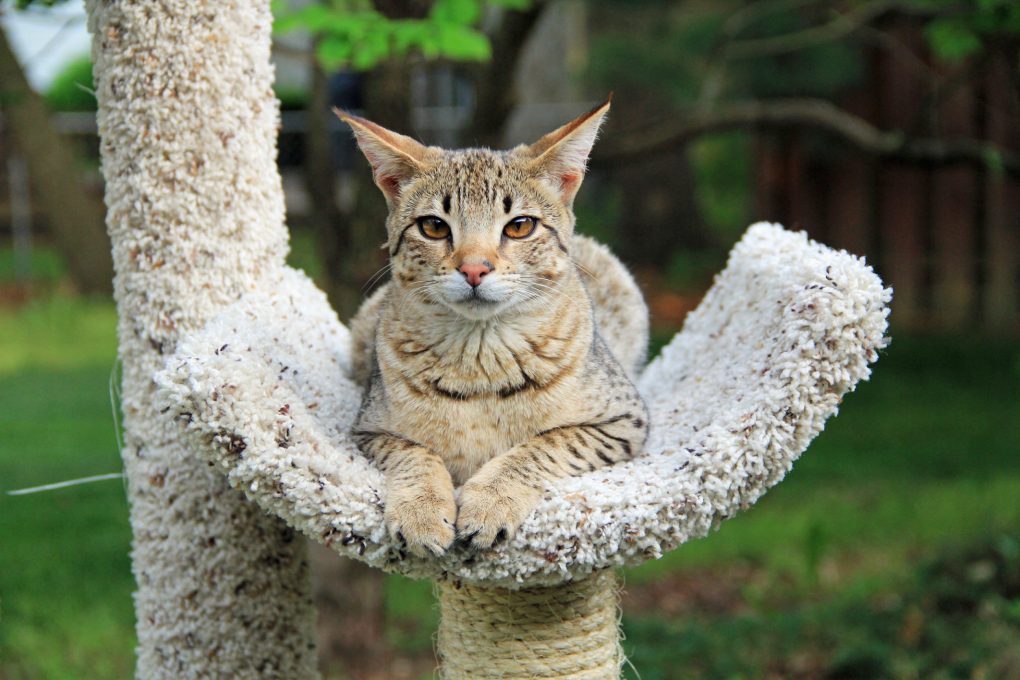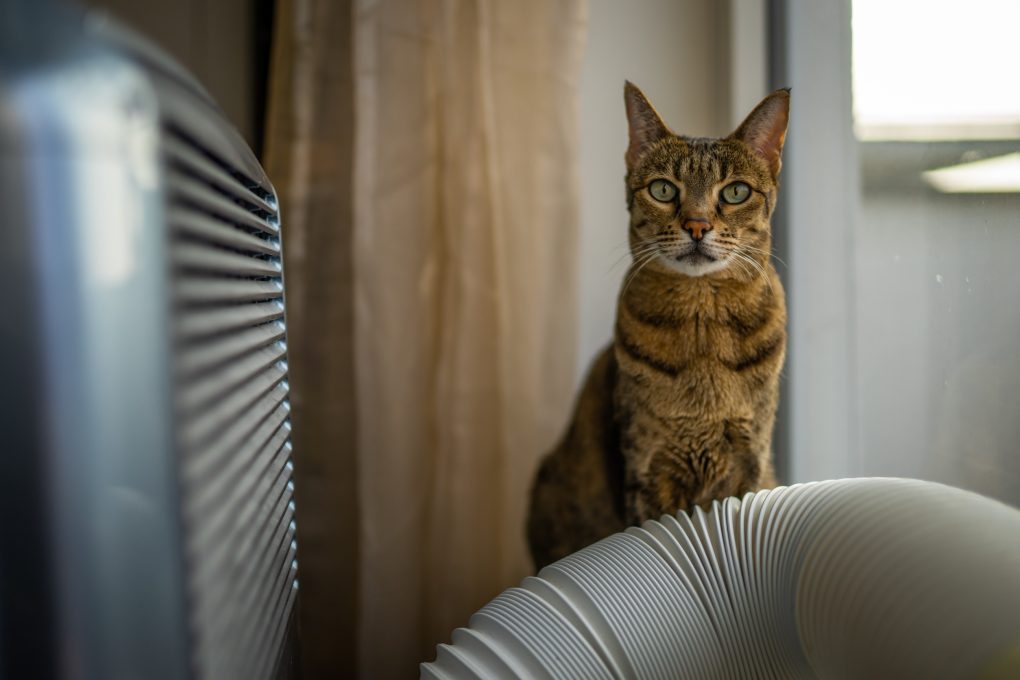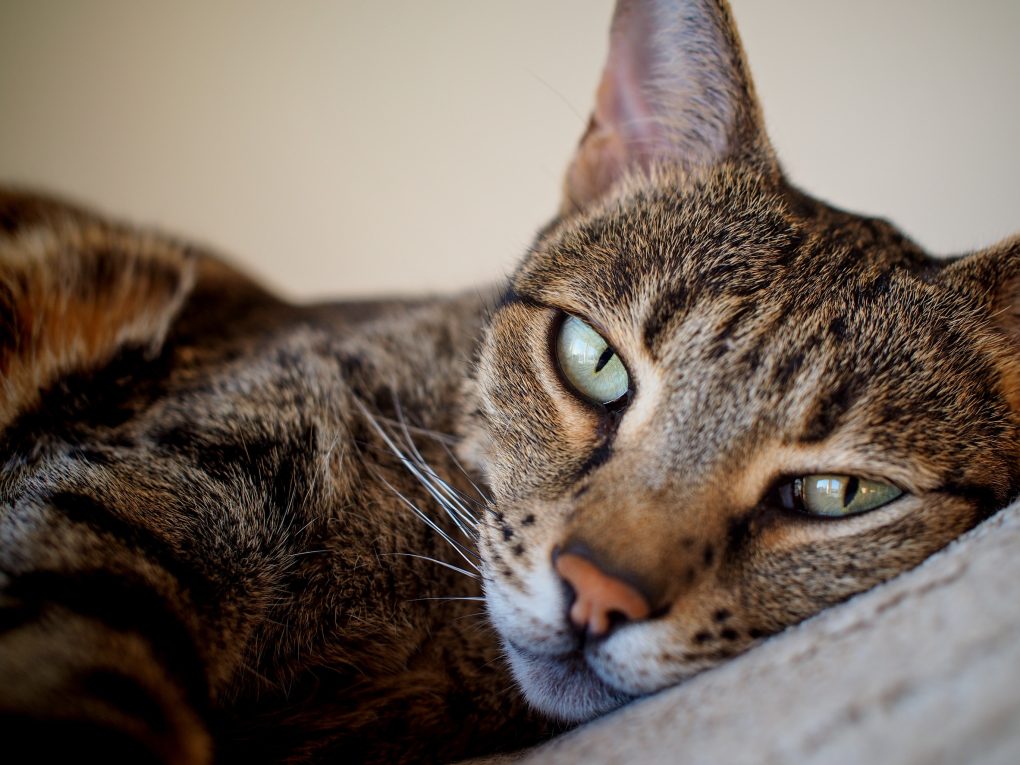Are Savannah Cats Bigger Than Bengals: Understanding the Size of These Breeds and Comparing Some of Their Traits
Yes, Savannah cats are larger than Bengal cats. Savannah cats are a hybrid breed created by breeding a domesticated cat with a wild African serval cat. This hybridization results in a larger cat, with Savannah cats weighing up to 25 pounds, while Bengal cats typically weigh between 8 to 15 pounds.


While Savannah cats are generally larger than Bengal cats, this may only sometimes be the case, and there can be a size gap between the two breeds. However, it’s important to note that the size of an individual cat can vary greatly, even within the same breed, and is influenced by genetics, nutrition, and health.
Table of Contents
Why Savannah Cats Are Larger Than Bengals
Genetics plays a significant role in making Savannah cats larger than Bengal cats. As mentioned, Savannah cats are a hybrid breed created by breeding a domesticated cat with an African serval cat. The African serval is a wild cat species that is native to Africa and is known for its distinctive physical characteristics, including its larger size compared to domestic cats.
When the African serval and domestic cat genes are combined through selective breeding, the result is a larger cat with distinctive physical characteristics, such as tall, slender legs, large ears, and a long neck. The size of the Savannah cat is influenced by the genetics of both the African serval and the domestic cat, and selective breeding has been done to maintain certain traits, including size, in the Savannah breed.
In contrast, Bengal cats are a domestic breed created by breeding an Asian leopard cat with a domestic cat. Bengal cats are generally smaller than Savannah cats, as the genetics of the Asian leopard cat and the domestic cat have been selected for different traits.
It’s important to note that genetics play a significant role in determining the size of an individual cat. Still, other factors, such as nutrition and health, can also influence a cat’s size and overall development. By understanding the role of genetics in determining the size and other traits, breeders can select specific traits and create hybrid breeds with unique physical characteristics, such as the Savannah cat.
A Comparison of Savannah and Bengal Cats
Appearance
Savannah cats have a more slender and elongated appearance than Bengal cats.


Due to their hybridization with the African serval, they are often described as having a wild and exotic appearance. Savannah cats also have a distinctive pattern of spots or marbling, which can be either golden, silver, or black.
Bengal cats, on the other hand, have a more muscular build with short, sturdy legs and a distinctive pattern of spots or marbling that is often compared to the appearance of a wild tiger. Bengal cats come in various colors, including brown, silver, and black, and their coat is typically soft and luxurious to the touch.
Personality
Bengal and Savannah’s cats are known for their playful, active, and intelligent personalities, but the two breeds have some critical differences in their overall personality.
Bengal cats are known for being affectionate and interactive with their owners, enjoy spending time with people, and are often described as social and outgoing. Bengal cats are also known for their high energy levels and are typically active and playful, and they enjoy playing with toys, climbing, and exploring their environment.
Savannah cats, on the other hand, tend to be more independent and aloof. While they can be affectionate with their owners, they are often described as more reserved and less social than Bengal cats. Savannah cats are also known for their high energy levels and are typically very active and playful but may also have a more independent streak.
Shedding
Both Bengal and Savannah cats shed, although the amount of shedding can vary depending on the individual cat. Both breeds have short, dense coats prone to shedding, but regular grooming can help minimize the amount of shedding and keep their coats in good condition.
It is important to note that shedding can vary greatly from cat to cat, and some cats may shed more or less than others. Factors such as diet, genetics, and overall health can all affect how much a cat sheds, so it is crucial to monitor a cat’s shedding patterns and to speak with a vet if there are any changes. In addition, they can help diagnose and treat any underlying medical conditions contributing to excessive shedding.
Maintenance
Bengal and Savannah cats have relatively high maintenance needs and require significant attention and care to thrive. Here are some of the vital maintenance needs for both breeds:


- Grooming: Both Bengal and Savannah cats have short, dense coats that require regular grooming to keep them in good condition. Regular brushing will help to remove loose fur and prevent matting, and it will also help to distribute natural oils throughout the coat.
- Diet: Both breeds are typically healthy and have no specific dietary requirements, but feeding them a balanced and nutritious diet is essential. High-quality dry or wet food is typically recommended, and it is also essential to monitor their weight to ensure that they do not become overweight.
- Exercise: Both Bengal and Savannah cats have high energy levels and require plenty of physical and mental stimulation to keep them healthy and happy. Regular play sessions, interactive toys, and climbing structures are great ways to give them the necessary exercise.
- Training: Both Bengal and Savannah cats are intelligent breeds that can be trained to perform tricks and follow commands. Positive reinforcement training methods are typically the most effective, and it is vital to start training early to help develop good habits.
- Socialization: Both breeds are social animals that do well in homes with multiple cats or other pets. They enjoy playing and interacting with other animals and people, and early socialization is essential to help prevent behavioral issues later in life.
